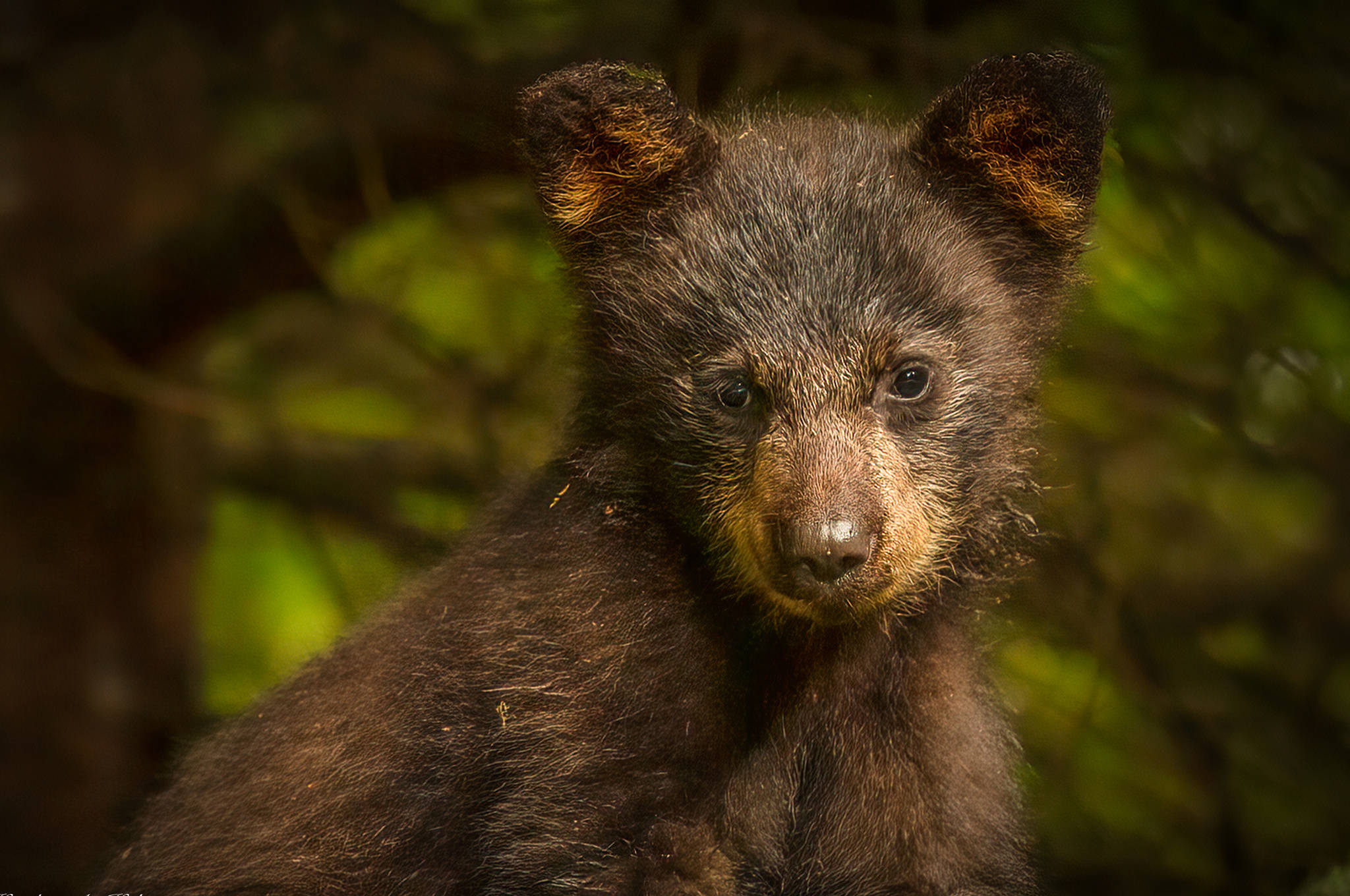By Heather Holt
For the Juneau Empire
Southeast Alaska weather observations for the week — showers, rain showers then snow showers, then scattered showers, cloudy, mostly cloudy, partly cloudy — you get the gist. Living in Southeast, we live in a perpetual weather zone where “all the leaves are brown and the sky is gray.”
Our attitude must then be “What do I envision for my photo? And how do I nail it in these ever-present low-light conditions?” Auto ISO is your answer and an opportunity to be creative is your story.
In this low-light environment in which we live, it is imperative to understand your camera settings. I shoot in manual 100% of the time; however, that is not necessarily the only way to go. Shutter Priority (TV) is a good option for shooting wildlife especially in low-light situations. You choose the shutter speed, and the camera picks the aperture for you. With ISO on auto this allows you to shoot with a low shutter for a slow-moving or still subject like the black bear cub or choose higher for moving targets such as the birds. The drawback is that you can’t choose the aperture, but when shooting one subject, it works. If you select the Aperture Priority (AV) mode, then you can choose the aperture thus controlling your depth of field (what’s blurry front to back). The con here would be the camera controls the shutter speed, so you need to understand what you want your end product to look like. If your shutter speed is slow you may need to override your camera and bump it up. For me, I shoot full manual and AUTO ISO as I can choose the all the settings. I have found however, there are times when you cannot quickly change all three when you encounter fast-developing situations. Be aware and know your camera.
Shutter speed is key not only in slow-moving subjects, such as these inquisitive bear cubs, but if you are out whale watching and you have to contend with a rocking boat and complicated light. Dial your aperture to the lowest number; adjust your shutter speed to 1/1600th or higher to compensate for the movement of the boat and fire off some shots and see how that looks. This works the same when shooting from a floatplane. Even though the ISO is on auto be sure to glance at it time to time! You want to push it so you can have the best image quality, but if it is too high you can quickly dial it back. The beauty of Auto ISO is that you can gamble and get low noise images when you have the opportunity but when the action comes you can quickly dial in the proper shutter speed. The con is that it will choose the ISO for you; so check your camera and program it so it is limited to how high it can go so you aren’t disappointed when you get home and your pictures are very noisy. Consider investing in TOPAZ DeNoise!
Here is your homework: With our limited lighting opportunities, head out to the wetlands or Eagle Beach, find a flock of birds and try something different like a motion blur. Motion blur is excellent for low light conditions, cloudy days, predawn or dusk shots and hazy days. Sometimes it’s fun just to experiment, and it keeps the noise down. Shoot the low shutter speed and focus on a series of shots with a focus on getting that one sharp shot of the eye. Start out with 1/13th, F 8, ISO 250, on a group of birds and see what happens. Then, try something different; move around firing off shots and be creative!
You may end up with blurry motion in your subject, but you might come up with something interesting. Then dial back to your comfort zone and fire off more shots. When shooting low light, you have to be thinking outside of the box and maybe pulling a bit from your creative side always keeping an eye on your ISO! Happy shooting!
• Heather (Burford) Holt is a fourth-generation Juneauite who offers local and flyout photo workshops designed to improve camera skills while capturing photos in the Alaska wilderness. She can be reached at flyingakcaptured@gmail.com, or visit her website at www.flyingalaskacaptured.net/. “Focal Point” is a column meant to provide inspiration, education and opportunity for all with an interest in photography. It appears monthly in the Juneau Empire.

